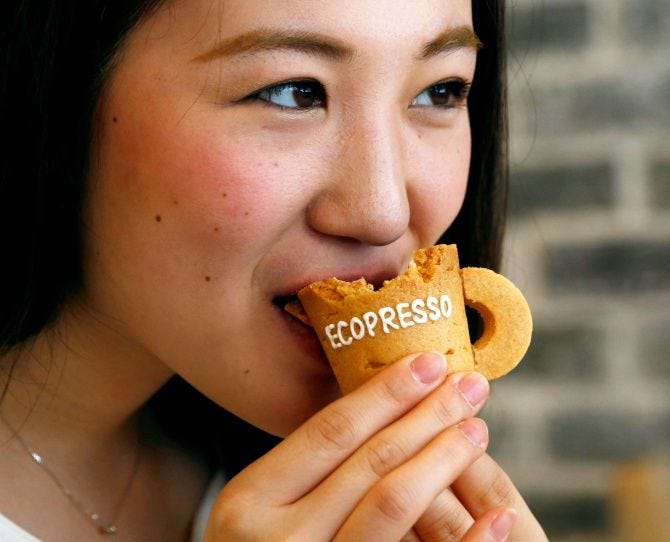
Japan is one of the largest coffee-consuming nations in the world, It ranks 4th in the Top Coffee Drinking Countries with over 7,355,000 bags sold, the story of how Japan reached these numbers is fascinating. Japan today imports 500,000 tons of coffee annually. Barely 60 years earlier, it was a market that hardly sold a cup.

The story starts with a company called Nestle, for people who don’t know
nestle sells everything from baby food and bottled water to cereal and healthcare nutrition products. Japan was a country where tea dominated the beverage market, the fast-paced Japanese work culture made room for the tea market to explode, Nestle, on the other hand, found a business opportunity, they thought selling instant coffee would make a great business at par with the work culture. so they started selling instant coffee during World War 2 aiming to accept a chunk of the untapped market, the coffee was affordable and tasted good, but even after the expensive market campaign it was not able to reach its numbers

Surprised, Nestle hired a famous French psychoanalyst, Clotaire Rapaille, in 1975, Clotaire Rapaille was a famous researcher who researched emotional human bonds with objects in nature, and they hired him to analyze the issue and understand why the Japanese were not embracing coffee as a beverage of choice. The psychoanalyst arranged experiments to understand the Japanese child’s thought process and behavior. He used soothing music, encouraging them to recollect their earliest childhood memories and express their thoughts and behaviors. After that, he asked them to describe their experiences with different products and what emotions they associated with them. he asks. ed them about their experience with coffee and got no response, none of them had experience with coffee
He requested that Nestle shift their attention to producing sweets with a coffee flavor and promote them to the younger generation in Japan. His thought process moved around the fact that if the coffee-flavored candies are successful and sold to the masses the children will develop a taste for coffee and in the future when they grow up, Nestle can release their instant coffee it will be consumed by the masses

A decade after their first attempt, Nestle returned to the Japanese market with a new range of coffee products. This time, their strategy was different and it proved to be successful. The young customers who had earlier tasted Nestle’s coffee-flavored candies were now growing up and becoming regular consumers of coffee. As they worked long hours, coffee became their preferred beverage. d. Their new coffee offerings quickly gained popularity in Japan. Today, Japan is one of the largest coffee-consuming nations in the world, thanks in part to Nestle’s innovative strategies.
The marketing strategies applied by Nestle is called cultural adaptation, it involves a deep understanding of the culture of a specific group of people and then altering the product in accordance to the culture of that group of people This involves altering product features, packaging, and sizes, flavors, or even functionalities to align with the needs of the people, modifying the marketing campaign is the next step, this includes appropriate imagery and tone of the content